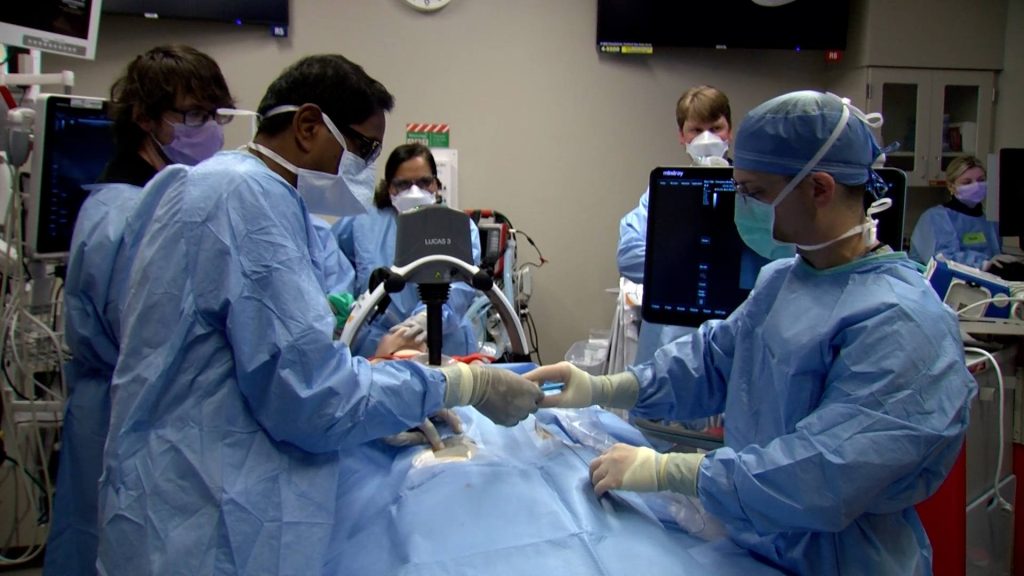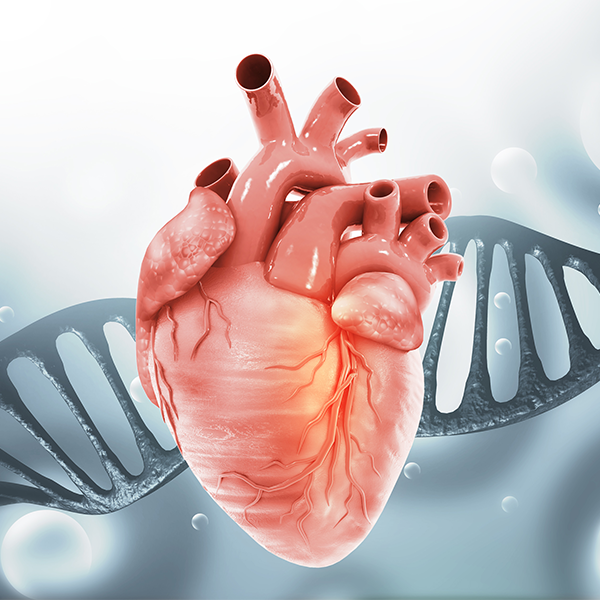-
Mayo Clinic to begin offering early ECMO to certain cardiac arrest patients

Only about 8% of patients who have sudden cardiac arrest outside of a hospital survive. That rate is even lower for certain patients who don't respond to defibrillation. A new service being launched this month by Mayo Clinic in Rochester, Minnesota, is hoping to improve outcomes and save more lives by getting patients faster access to potentially life-saving equipment.
Watch: Mayo Clinic to begin offering early ECMO to certain cardiac arrest patients
Journalists: Broadcast-quality video (1:59) is in the downloads at the end of this post. Please "Courtesy: Mayo Clinic News Network." Read the script.
Mayo Clinic's Emergency Department and local first responders believe more lives can be saved by changing how certain sudden cardiac arrest patients are treated. To prepare, these teams have gone through intensive training and drills.
"What we want people to understand here is that we are not doing anything experimental," says Dr. Suraj Yalamuri, a Mayo Clinic anesthesiologist. "We're taking processes that we already do and we're linking them in an efficient manner."
To prepare for the launch, surgical, anesthesia and emergency department teams went through extensive training and drills which involve reestablishing blood flow with extracorporeal membrane oxygenation, or ECMO. It's a machine that provides heart and lung support when a heart is completely stopped. It's something cardiac and anesthesia teams have been practicing in the hospital for decades.
"The added component of this is identifying that small group of patients that may actually benefit from transport to the hospital quickly — that are in cardiac arrest — that would benefit from this ECMO activation," explains Dr. Anuradha Luke, medical director of Mayo Clinic Ambulance.
The innovative new protocol is a sort of trauma activation system, where surgeons, ECMO consultants and emergency department teams will get a pre-alert sent by first responders so they can be assembled and ready when a patient arrives.
Dr. Alexander Finch, a Mayo Clinic emergency medicine physician, helped to lead the initiative.
"Our hope with this process is to identify the right patient earlier and to get them here sooner, and to have have all the resources already in the room," says Dr. Finch. "It's been a big undertaking to have that outcome. But I'm really hopeful that this will make a difference."
A recent study found that, for certain cardiac arrest patients, their odds of survival increased by six times if they had early access to ECMO and chest compressions.
"To me, it really represents the best part of Mayo, which is teamwork. Bringing people with a lot of interests and a lot of different specialties together to bring world-class care to the people of Rochester," says Dr. Finch.
Related:
Mayo Clinic teams with first responders to improve care for cardiac arrest patients
For the safety of its patients, staff and visitors, Mayo Clinic has strict masking policies in place. Anyone shown without a mask was recorded prior to COVID-19 or recorded in an area not designated for patient care, where safety protocols were followed.







